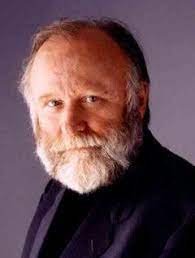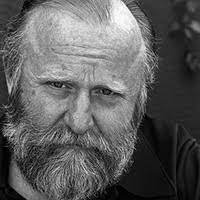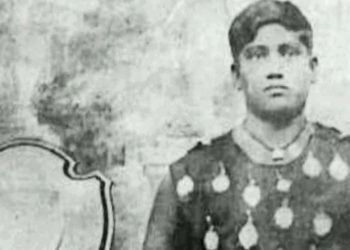| Frank Patrick Herbert Jr. | |
 |
|
| Profession | Novelist |
| Date of Birth | 8 October 1920 |
| Age (as in 2022) | 66 Years |
| Siblings | Patty Lou |
| Father Name | Frank Patrick Herbert Sr. |
| Mother Name | Eileen Herbert |
| Wife Name | NA |
| Nationality | American |
The late American science fiction novelist Franklin Patrick “Frank” Herbert Jr. (October 8, 1920 – February 11, 1986) is remembered chiefly for his 1965 novel Dune and its five sequels. Novels may have brought him fame, but he was also a journalist, photographer, book critic, ecological consultant, and speaker before he found success with fiction.
The Dune saga is set in the far future. It spans millennia, tackling weighty topics like humanity’s long-term survival, human evolution, planetary science and ecology, and the intersection of religion, politics, economics, and power in a world where interstellar travel has been perfected, and thousands of worlds have been settled. The Dune trilogy, which includes the best-selling novel Dune, is widely regarded as one of science fiction’s all-time greats.
EARLY LIFE
A son named Frank Patrick Herbert Jr. was born to Frank Patrick Herbert Sr. and Eileen (née McCarthy) Herbert on October 8, 1920, in Tacoma, Washington. He grew up in a rural setting, spending much time in the Olympic and Kitsap Peninsulas. As a young child, he devoured books, memorised large chunks of text from the newspaper, and rapidly became an expert reader. His love for photography began at a young age, and he purchased his first Kodak box camera when he was ten, a new folding camera when he was thirteen, and a colour film camera in the mid-1930s. His family struggled financially during the Great Depression of the 1930s, so he moved in with his aunt and uncle in Salem, Oregon, in 1938. He enrolled in Salem High School, which later became North Salem High School, and completed his high school education the following year. He lied about his age to be hired at the Glendale Star, a newspaper, in 1939. In 1940, Herbert moved back to Salem and began working for the Oregon Statesman (now Statesman Journal), where he served in many capacities, including that of a photographer.
BIOGRAPHY
Name : Frank Patrick Herbert Jr.
DOB : 08 October 1920
Age : 66
Father : Frank Patrick Herbert Sr.
Mother : Eileen Herbert
Siblings : Patty Lou
Nationality : American
Profession : Novelist
Height : Not known
Weight : Not known
IDEAS AND THEMES
Frank Herbert’s science fiction works allowed him to delve deeply into philosophical, theological, psychological, political, and ecological topics. His writing was driven by an interest in how humans have persisted and progressed. Many of Herbert’s devoted readers have attempted to consume all of his works, fiction and nonfiction alike, and consider him an authority on the topics he wrote about. Some of his readers were so devoted to him that he was asked whether he was starting a cult, which he strongly opposed.
Several recurring ideas run through Herbert’s writings:
Leadership is a source of worry. He delved into why people follow strong personalities so blindly. He explored not only the drawbacks but also the advantages of government and bureaucracy.
Herbert was an early SF writer to bring ecological and systems theory to a broader audience. He emphasised the significance of methodical, future-oriented thought for human beings.
The three spheres of influence—religion, government, and military—are interconnected.
Enduring and evolving humanity: Herbert describes three species, the Fremen, the Sardaukar, and the Dosadi, who are transformed into superhumanly lethal beings by their abysmal environments.
Possibilities and potential in humans: Herbert presented us with three distinct ideals of human potential: the Mentats, the Bene Gesserit, and the Bene Tleilax.
Where sanity and insanity come from. As a fan of Thomas Szasz and the anti-psychiatry movement, Frank Herbert was drawn to Herbert’s writings. Although there are insane behaviours and psychopathies as exhibited by characters (for example, Piter De Vries), it is often suggested that normal and abnormal are relative terms that humans are sometimes ill-equipped to apply to one another, primarily based on statistical regularity.
Potential outcomes and side effects of mind-altering substances like the spice featured in the Dune series, the “Jaspers” fungus from The Santaroga Barrier, and the Kelp from the Destination: Void series.
The influence of language on the mind. To be more precise, General Semantics by Alfred Korzybski significantly impacted Herbert. He “is worth at least one PhD and the Chair of Philology at a reputable New England institution,” Algis Budrys said of his linguistic expertise.
Understanding, instructing and pondering.
Frank Herbert avoided giving cookie-cutter solutions to the problems he raised in his works.













